Animated Films Comparative Analysis of Animation Styles: Ne Zha 2 vs. Big Fish & Begonia

Animation is a powerful medium that transcends language and cultural barriers, allowing stories to be told in ways that resonate with diverse audiences. Two films that exemplify this potential are Ne Zha 2 and Big Fish & Begonia. While both are rooted in Chinese culture and mythology, their animation styles and storytelling approaches differ significantly. This analysis delves into various aspects of their animation, including visual aesthetics, techniques, narrative integration, cultural context, and audience reception.
1. Visual Aesthetics of Animated Films
1. Color Palette
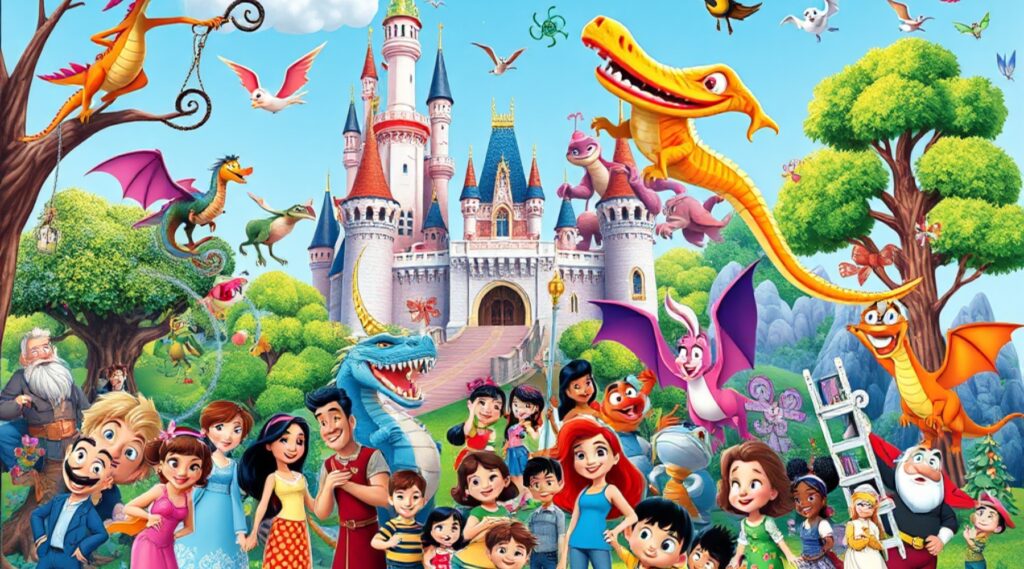
Ne Zha 2: The color palette of Ne Zha 2 is characterized by vibrancy and boldness. Rich reds, deep blues, and luminous golds dominate the screen, creating a visually striking experience. The dynamic use of color highlights the fantastical elements of the story, enhancing the sense of magic and action. During battle sequences, the colors intensify, reflecting the emotional stakes and the energy of the characters. The animation studio’s choice to employ a brighter palette conveys a sense of wonder and excitement, making it visually appealing to younger audiences.
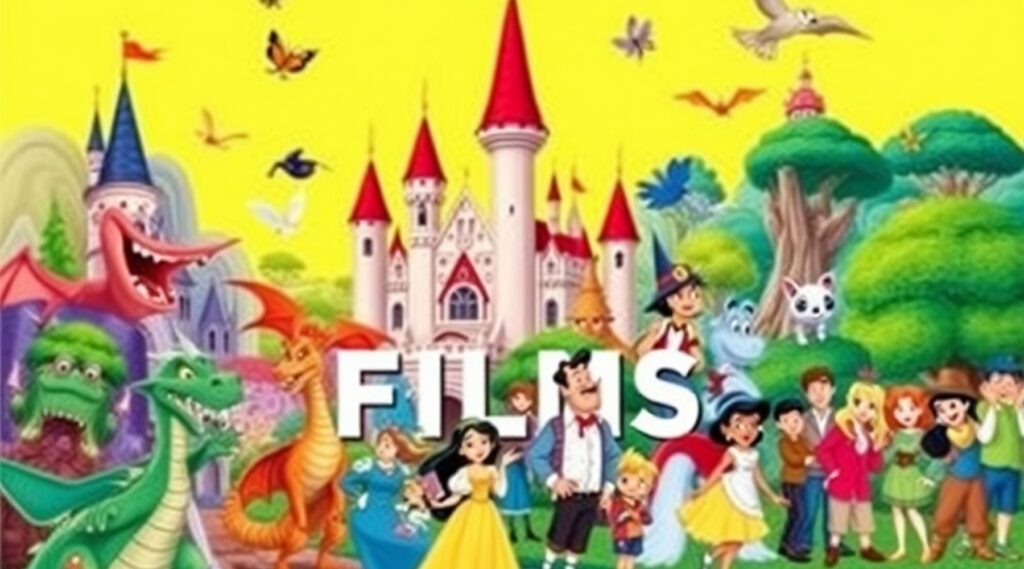
Big Fish & Begonia: In contrast, Big Fish & Begonia employs a more subdued and ethereal color palette. Soft pastels and muted tones create a dreamlike atmosphere that aligns with the film’s themes of love and sacrifice. The use of color in Big Fish & Begonia evokes feelings of nostalgia and melancholy, inviting viewers to reflect on the emotional depth of the narrative. The underwater scenes are particularly beautiful, with shades of blue and green that mimic the fluidity of water, enhancing the film’s connection to nature.
2. Character Design of Animated Films
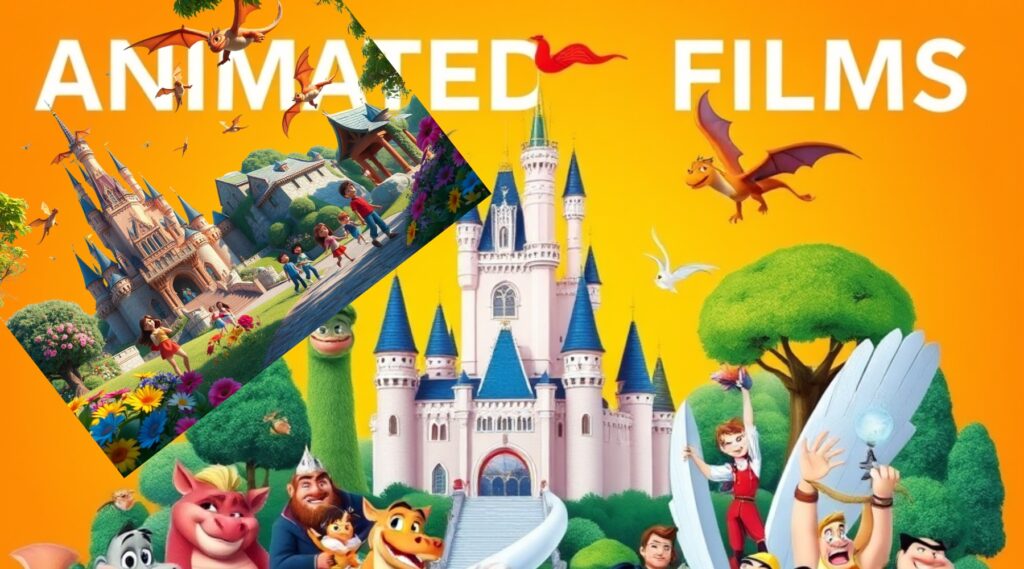
Ne Zha 2: Characters in Ne Zha 2 are designed with exaggerated features, reflecting their personalities and roles within the story. Ne Zha himself is depicted as a rebellious youth with spiky hair and an energetic demeanor, embodying the spirit of defiance. Other characters are similarly stylized, with distinct looks that emphasize their traits—heroes appear noble and strong, while villains often have more angular, menacing designs. The fluidity of character animation allows for expressive movements, with facial animations conveying a wide range of emotions, from joy to anger.
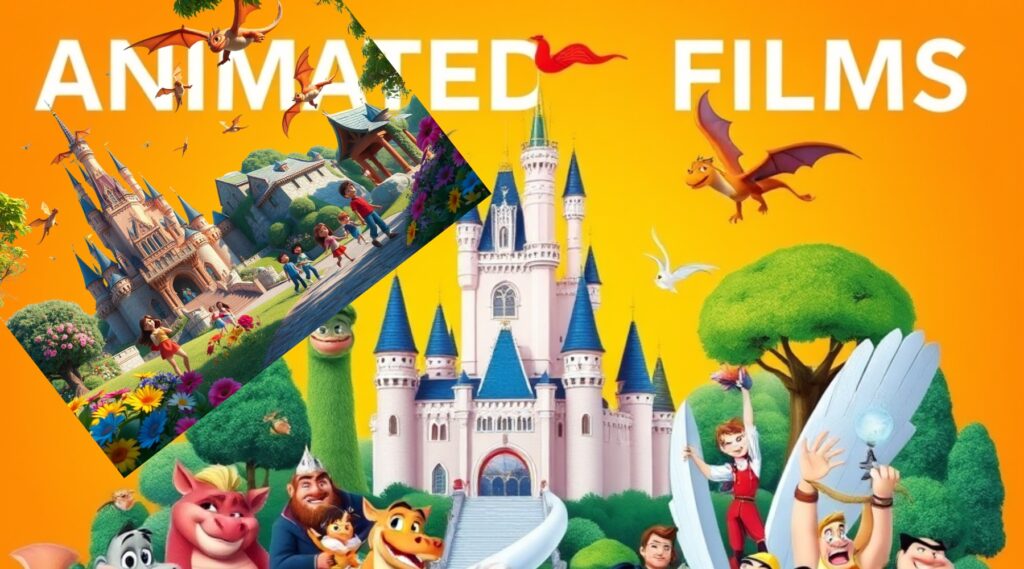
Big Fish & Begonia: In Big Fish & Begonia, character designs are more delicate and organic. The protagonists, including Chun, are portrayed with graceful features that reflect their connection to the water and nature. The animation emphasizes fluid movements, with characters flowing through their environments in a way that mirrors the natural world. This design choice enhances the film’s thematic exploration of life cycles and interconnectedness. The characters’ expressions are nuanced, allowing for subtle emotional portrayals that resonate with the audience.
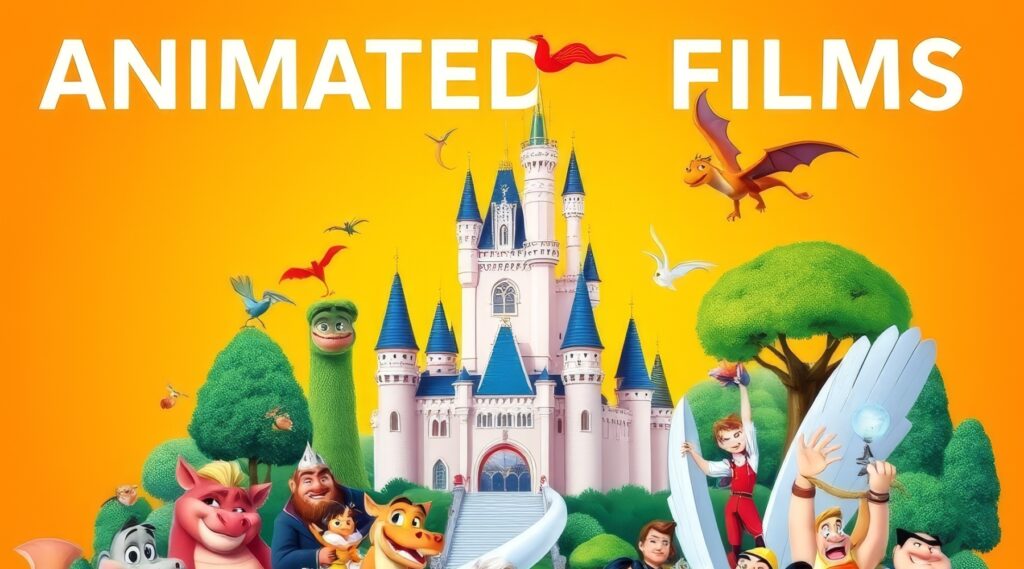
3. Backgrounds and Environments of Animated Films
Ne Zha 2: The backgrounds in Ne Zha 2 are richly detailed, featuring a mix of traditional Chinese architecture and fantastical landscapes. The animation studio has created expansive environments that feel alive, with bustling cities, mystical forests, and grand palaces. These settings serve as a backdrop for the action, enhancing the narrative by immersing viewers in a vibrant world filled with magic and adventure. The use of depth and perspective in the backgrounds adds to the overall sense of scale, especially during epic battle scenes.
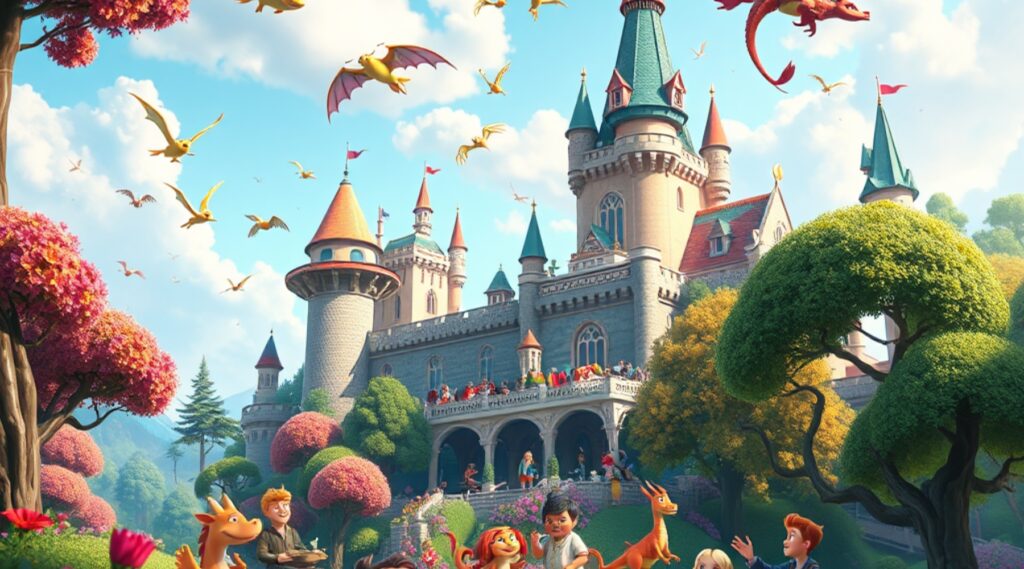
Big Fish & Begonia: The backgrounds in Big Fish & Begonia are hand-painted and resemble traditional Chinese watercolor art. This artistic choice creates a serene and enchanting environment, emphasizing the film’s themes of harmony with nature. The underwater world is depicted with flowing lines and soft textures, inviting viewers into a mystical realm. The backgrounds often serve as a character in their own right, shaping the emotional landscape of the story. The contrast between the vibrant colors of the surface world and the muted tones of the underwater realm highlights the film’s exploration of duality.
Animation Techniques
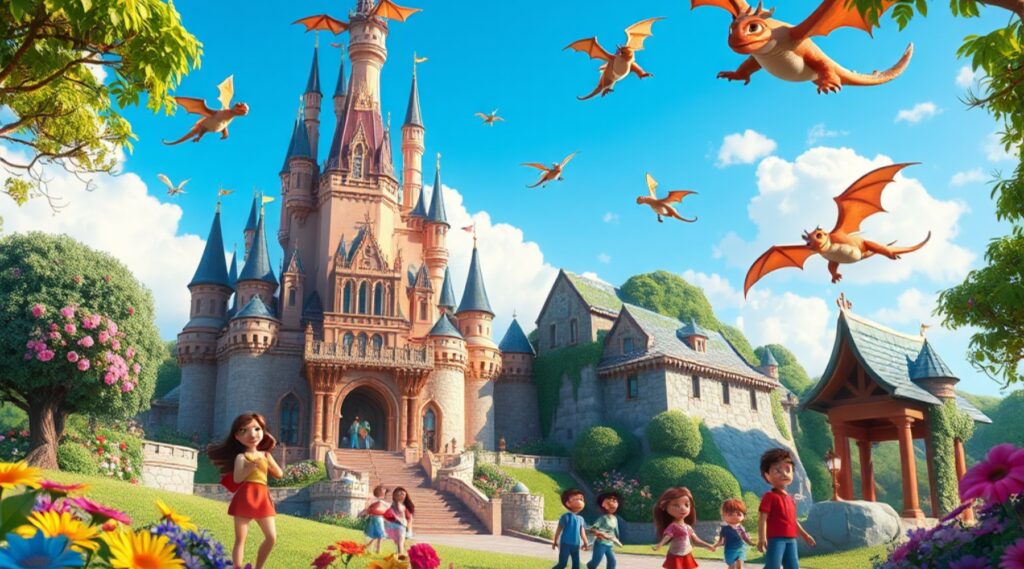
1. 3D Animation vs. 2D Animation of Animated Films
Ne Zha 2: The film primarily utilizes 3D animation techniques, allowing for dynamic camera movements and intricate action sequences. The characters are rendered in three dimensions, providing a sense of depth and realism during battles. The 3D animation enhances fluidity of movement, making the action sequences exhilarating and visually captivating. For instance, during a fight scene, the camera can swoop and pivot, creating a cinematic experience that immerses viewers in the action. The studio’s focus on high-quality animation results in a polished final product those appeals to modern audiences.

Big Fish & Begonia: In contrast, Big Fish & Begonia primarily employs traditional 2D animation techniques, with some 3D elements integrated into specific scenes. This blend gives the film a unique visual style that pays homage to classic animation while incorporating modern techniques. The 2D animation creates a handcrafted feel, reminiscent of traditional storytelling methods. The fluid motion of the characters and the organic flow of the underwater environments contribute to the film’s overall aesthetic. The combination of 2D and 3D elements allows for creative storytelling opportunities, particularly in scenes that require depth and dimensionality.
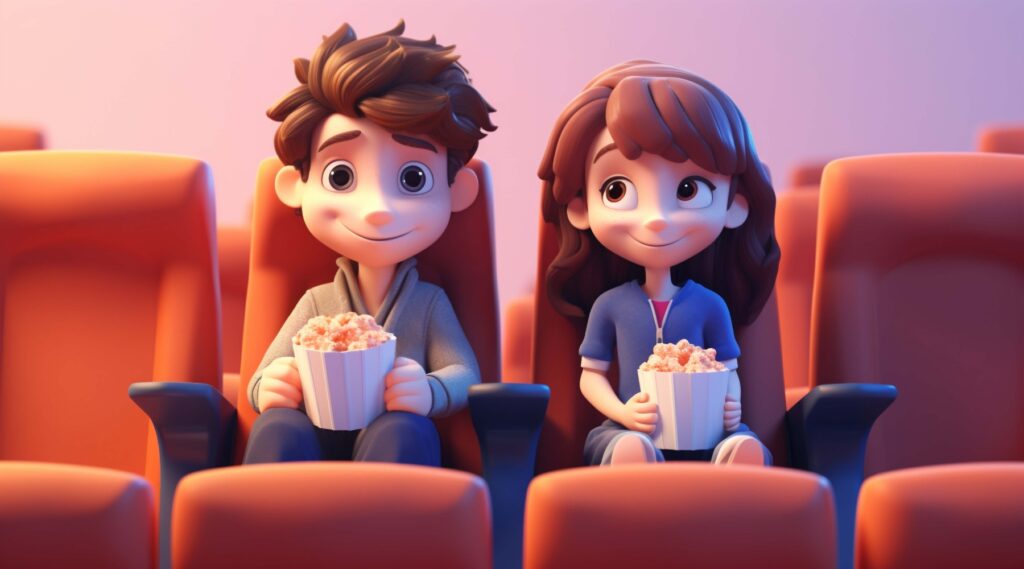
2. Special Effects and Choreography of Animated Films
Ne Zha 2: The film incorporates extensive special effects to enhance the magical elements of the story. Energy blasts, elemental powers, and transformations are depicted with visually striking effects that contribute to the overall excitement. The choreography of the action scenes is meticulously crafted, focusing on dynamic movements and visual storytelling. Each battle serves not only to entertain but also to advance the narrative and character development. The fluidity of the animation during fight sequences creates a sense of urgency and intensity, making the viewer feel the adrenaline of the characters.

Big Fish & Begonia: While Big Fish & Begonia features fewer action sequences, the animation emphasizes the beauty of movement. The fluidity of the characters’ motions, particularly during underwater scenes, creates a hypnotic effect that draws viewers into the story. The choreography of the characters’ movements is graceful, reflecting the natural rhythms of the aquatic world. The film’s special effects are more subtle, focusing on the interplay of light and water rather than explosive action. This choice aligns with the film’s contemplative themes, allowing viewers to immerse themselves in the emotional depth of the narrative.
Narrative Integration of Animated Films
1. Action-Driven Storytelling vs. Emotionally Resonant Storytelling
Ne Zha 2: The animation style of Ne Zha 2 is closely tied to its action-driven narrative. The vibrant visuals and dynamic animation techniques heighten the stakes during battles, making the audience feel the adrenaline and excitement. The film’s pacing is fast, with quick cuts and energetic sequences that keep viewers engaged. The action sequences are not just for spectacle; they also serve to illustrate character growth and relationships. For example, Ne Zha’s journey from a rebellious figure to a responsible hero is mirrored in his evolving fighting style, showcasing his internal development through external conflict.
Big Fish & Begonia: In contrast, Big Fish & Begonia prioritizes emotional resonance over action. The animation style emphasizes the film’s themes of love, sacrifice, and interconnectedness. The slower pacing allows for moments of reflection and introspection, inviting viewers to connect with the characters on a deeper level. The film’s narrative unfolds through a series of poignant moments, with the animation enhancing the emotional weight of each scene. Subtle facial expressions and fluid movements convey the characters’ feelings, allowing the audience to empathize with their struggles and triumphs.
2. Symbolism and Metaphor of Animated Films
Ne Zha 2: The animation in Ne Zha 2 often serves to symbolize the characters’ internal struggles and growth. For instance, Ne Zha’s battles against formidable foes represent his fight against societal expectations and his desire to forge his own path. The flashy animation during these battles reflects the chaos of his emotions, showcasing the conflict between his rebellious spirit and the responsibilities he must embrace. This use of animation as a metaphor adds depth to the action-driven narrative, allowing viewers to engage with the characters on multiple levels.
Big Fish & Begonia: The visuals in Big Fish & Begonia are rich with symbolism and metaphor. The underwater world represents the subconscious, where characters confront their fears and desires. The animation reflects this symbolism through the use of colors, movement, and the design of the environments. For example, the transitions between the surface world and the underwater realm symbolize the characters’ journeys between different states of being. The gentle, flowing animation enhances the film’s exploration of life’s cycles and the interconnectedness of all living things.
Cultural Context
1. Modern Interpretation of Mythology of Animated Films
Ne Zha 2: Ne Zha 2 reinterprets traditional Chinese mythology for a contemporary audience. The film draws from the classic tale of Ne Zha while infusing it with modern themes of individuality and self-discovery. The animation style reflects this modern interpretation, incorporating elements that resonate with today’s viewers. The character designs, vibrant colors, and dynamic action sequences appeal to younger generations, making the film accessible and engaging.
Big Fish & Begonia: Big Fish & Begonia pays homage to traditional Chinese art forms while incorporating modern storytelling techniques. The hand-painted backgrounds and watercolor aesthetics celebrate cultural heritage, creating a visual experience that honors the past. The film’s exploration of themes such as love and sacrifice is deeply rooted in Chinese cultural beliefs, reflecting a respect for nature and the interconnectedness of life. The animation style serves as a bridge between traditional and contemporary narratives, inviting viewers to appreciate the richness of Chinese culture.
2. Global Appeal of Animated Films
Ne Zha 2: The film’s animation style has been carefully crafted to attract a global audience, blending traditional themes with modern cinematic techniques. This approach has helped Ne Zha 2 achieve commercial success beyond China, making it a significant player in the international animation market. The film’s vibrant visuals, relatable characters, and engaging storytelling resonate with diverse audiences, showcasing the universal appeal of its themes.
Big Fish & Begonia: While Big Fish & Begonia has achieved critical acclaim, its more niche storytelling may appeal to a more specific audience. The film’s emphasis on emotional depth and artistic visuals resonates with viewers seeking a contemplative experience. Although it may not have the same broad commercial appeal as Ne Zha 2, its unique artistic style and cultural significance have garnered a dedicated following. The film’s success at international film festivals highlights its potential to connect with audiences outside of China.
Audience Reception
1. Demographic Appeal of Animated Films
Ne Zha 2: The vibrant, fast-paced animation of Ne Zha 2 has garnered a broad audience, attracting both children and adults. The film’s humor, action sequences, and relatable characters resonate with younger viewers, while its deeper themes and character arcs appeal to older audiences. The animation style plays a crucial role in engaging this diverse demographic, making it a family-friendly film that can be enjoyed by viewers of all ages.
Big Fish & Begonia: Big Fish & Begonia has found a dedicated audience among those seeking artful storytelling and stunning visuals. While its slower pacing and emotional depth may attract a more niche audience, viewers who appreciate the film’s artistic merit often find it to be a rewarding experience. The film’s unique aesthetic and cultural themes resonate with audiences interested in exploring different cultural narratives, making it a standout in the realm of animated cinema.
2. Critical Acclaim of Animated Films
Ne Zha 2: The film received widespread acclaim for its animation quality, engaging storytelling, and cultural significance. Critics praised its ability to blend action and humor while exploring deeper themes of identity and responsibility. The animation’s dynamic visuals and energetic pace were highlighted as key factors in its success, contributing to its status as one of the highest-grossing animated films globally. Its commercial success has prompted discussions about the future of Chinese animation and its potential on the world stage.
Big Fish & Begonia: Critics have lauded Big Fish & Begonia for its artistic merit and emotional storytelling. The film’s hand-painted animation and ethereal visuals received praise for their beauty and depth. Reviewers often highlight the film’s exploration of complex themes and its ability to evoke deep emotions. While its slower pacing may not appeal to all audiences, those who appreciate its artistry and cultural significance often regard it as a masterpiece in animated cinema. Its critical acclaim has solidified its place as a significant work within the genre.
Thematic Exploration
1. Themes of Identity and Growth of Animated Films
Ne Zha 2: The film’s exploration of identity and personal growth is central to its narrative. Ne Zha’s journey from a misunderstood outcast to a heroic figure mirrors the struggles many individuals face in finding their place in the world. The animation style enhances this theme, with dynamic visuals that reflect Ne Zha’s emotional turmoil and growth. The battles he faces serve as metaphors for the challenges of self-discovery and the importance of embracing one’s true self.
Big Fish & Begonia: In Big Fish & Begonia, themes of love, sacrifice, and interconnectedness are intricately woven into the narrative. The film’s exploration of the bonds between characters reflects the complexities of human relationships and the sacrifices made for those we love. The animation style, with its gentle and flowing visuals, complements these themes, inviting viewers to reflect on the beauty of life’s fleeting moments. The connection between characters serves as a reminder of the importance of empathy and understanding in navigating the challenges of life.

